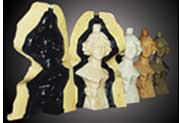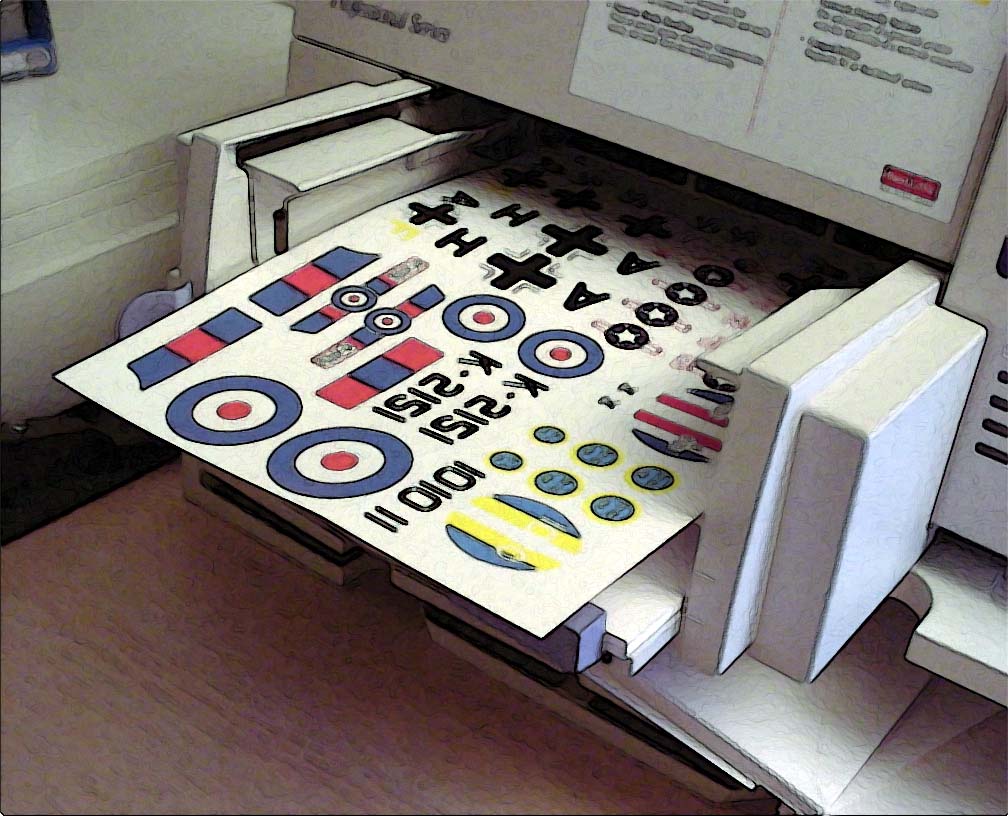 |
 |
||||||||||||||||
How to Use Polygel Self-Thickening RubberUSING THE MOLD: Using rubber molds with attention to the following points will prolong mold life and produce better castings. More rubber molds fail due to handling mistakes than by wearing out. Proper design and careful handling and attention to detail will prolong mold life. Plaster castings will be free of bubbles if the rubber mold is wet with Pol-Ease Mold Rinse or with a 1-% detergent (e.g. Ivory Liquid) solution in water when the plaster is poured. Wet the mold by dipping or spraying, do not allow to dry. Pour the plaster on the wet surface. Please note that detergent and soap are chemically different. Do not wet the mold with soap, Ivory Liquid is a detergent. Pol-Ease 2300 is an excellent release for Polyurethane and Epoxy resins with Polyurethane molds. Pol-Ease 2300 should be applied as a light even spray then carefully brushed with dry brush to pick up any excess and cover any missed spots. For long mold life, avoid exposing molds to strong solvents, oils or cleaners. Such products affect all rubbers. Sprayed release agents reduce solvent exposure as compared to brush application. Store molds in their original shape undistorted, out of direct sunlight, in a cool, dry area. Molds can be stored in their mold shells, but porous shells such as plaster should be sealed with shellac to prevent absorption of oils from the mold by the plaster. Do not allow molds of one type of rubber to remain in contact with those of other rubbers as migration of oils or plasticizers from one to another can cause swelling, shrinkage, or distortion. Polygel mold can be turned inside out like a sock. If the mold is turned inside out, the outside surface must be lubricated with soapy water or petroleum jelly so it slides over itself easily. A shell or mother mold should be built of plaster, polyester resin and fiberglass, or Poly 15-6 resin to support the mold. Polygel Plastic-75 Mold shells can also be created as a mother mold. THICKER MIXES FOR FILLING UNDERCUTS:
Polygel rubbers can be made even thicker by stirring Cab-O-Sil into the mixed rubber.
|
|||||||||||||||||
| Home | Bare Metal Foil | Molding Materials | Casting Resins | Starter Kit | Decals Items | Specialty Items | |
|||||||||||||||||




